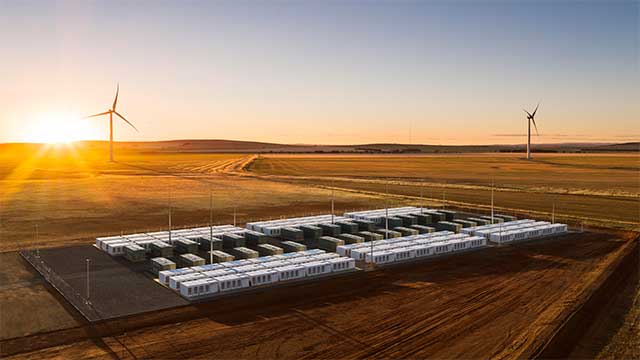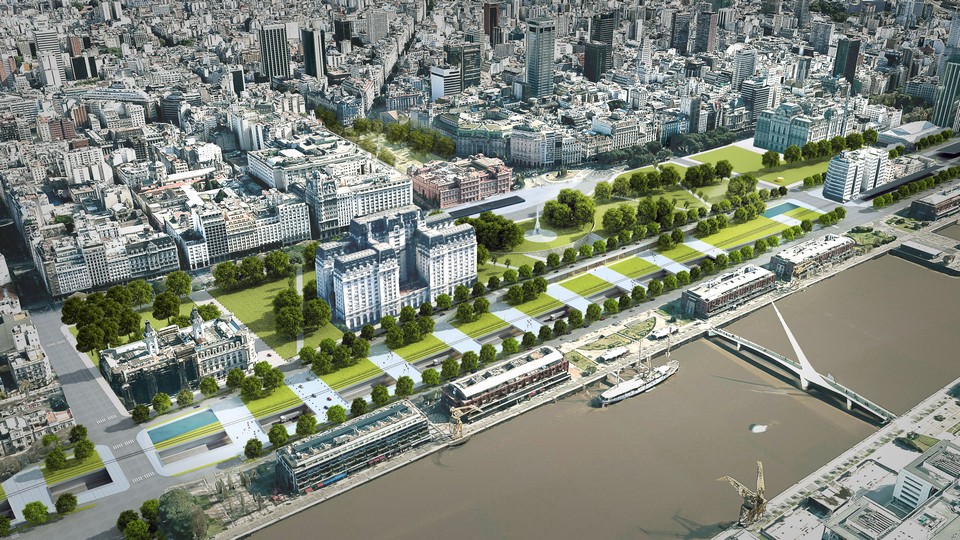1740 results found
Featured results



More results
The Hornsdale Power Reserve is the world s largest lithium-ion battery which is helping to manage summertime peak load, reduce intermittencies and improve the security of South Australia s electrical infrastructure.
The USD 700 million Paseo del Bajo project is a transformative road corridor project being developed by the City of Buenos Aires (CABA) in Argentina to ease traffic and improve connectivity between the North and South areas of the city.
The USD 1.1 billion Pennsylvania Rapid Bridge Replacement (RBR) Project is the first multi-asset public-private partnership (PPP) project to be undertaken in the US, using a bundled contract approach to replace 558 structurally deficient (SD) bridges across Pennsylvania.
The GBP 4.2bn Thames Tideway Tunnel ( TTT ) project, a 25km tunnel to run beneath the River Thames in the centre of London, is the largest sewer improvement project to be conducted in the UK for over a century.
Singapore has implemented practices that increase the transparency and fairness of public procurement, which help drive investment activity in infrastructure projects

Increasingly, infrastructure leaders, investors and developers are recognising the need to not only increase the quantity of infrastructure investment globally to drive economic growth, but also the quality of infrastructure investment, to ensure that that growth and development is inclusive and sustainable.
In the context of the US Inflation Reduction Act, GI Hub’s Director of Knowledge Mobilisation, Sam Barr explores the complexity of intergovernmental coordination and the risks this poses to climate action.
The Small Cities Sanitation Programme is a EUR 150 million programme undertaken by the Office National de l’Assainissement, (“ONAS”, the Company”) to build 24 new wastewater treatment plants (“WWTP”) and rehabilitate and upgrade the sanitation network (including 862 kilometres of new primary and secondary networks and construction of 30 new pumping stations) to EU equivalent standards in 33 Tunisian cities of less than 10,000 inhabitants (the “Project”).
This report outlines how in recent years Armenia has made significant strides in reforming the water sector by developing policies, enacting laws, and drawing up plans, programs and strategies aimed at improving water service provision

An alternative means of conducting waste management and cleaning in stations through robots that spray cleaning chemicals (e.g. hydrogen peroxide) onto surfaces.
Winning communities of the Smart Cities Challenge sign a contribution agreement with the Government of Canada for a five year period.
This paper introduces the Smart Region Index to assess local infrastructure gaps in Central, Eastern and South-Eastern Europe (CESEE) regions compared with the EU.


The Energy Division of the Infrastructure and Environment Sector (INE/ENE) of the Inter-American Development Bank has launched a technical cooperation project called "Smart Grid and Its Application in Sustainable Cities" .


Smart meters collect and transmit real time water usage data from users, which can be used for billing, improve water efficiency and enhance customer experience.
This use case aims at creating a distributed, secure, reliable and smart sensing system in urban and suburban areas capable of collecting information and data to be shared with local governments and public authorities to improve management, quality and provision of public services.
Digital technology integrated into smart containers enable accurate near real-time monitoring and control of the condition, location and the environment of shipping containers.
Smart street lighting adapts to traffic and light conditions. It can use sensors to detect cars/cyclists/pedestrians and automatically adjust lighting levels along their trip.
The InfraTech developed by Allego is a strong enabler of EV mobility in Europe. The existence of this infrastructure has enabled 414 million green kilometres and supported the avoidance of approximately 59 million kilograms of CO2 emissions in 2021.
Long term private investors have long started investing in those assets, but the potential - and the need - for more and better private investment remains huge. Drawing on the vast pool of experience and contributions of LTIIA members, this report analyses the current constraints and current challenges limiting institutional investors’ share of the market.

The COVID-19 health crisis has highlighted the chronic underinvestment in social infrastructure around the world. Dr. Georg Inderst discusses Global Infrastructure Hub’s recently released Infrastructure Monitor 2020 report and what can be done to attract more public and private investors to social infrastructure.







 Quality Infrastructure Investment Database
Quality Infrastructure Investment Database









